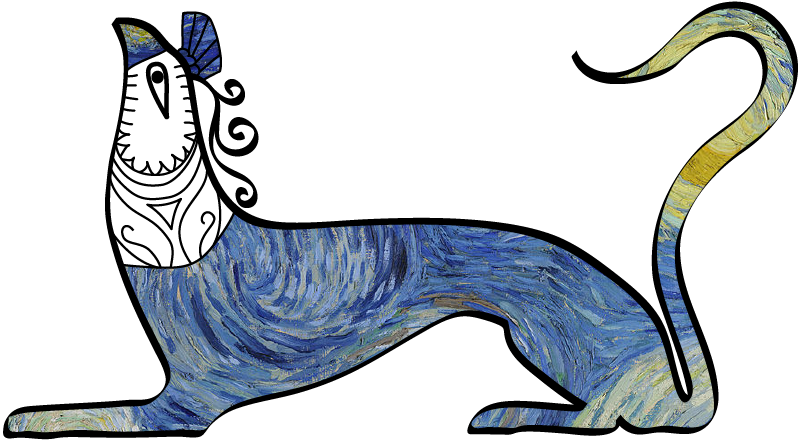ATINER 2020
On 18 May 2020 abstracts (300 words maximum) are due for the 18th Annual International Conference on History & Archaeology: From Ancient to Modern (ATINER 2020), to be held on 1-4 June 2020 in Athens. Due to the synchronous pandemic, ATINER is offering the option of remote (online or pre-recorded) presentation. Submission forms and further information are available at https://www.atiner.gr/history.
TAG 42
On 29 May 2020 (extended deadline) session proposals (250 words) are due the 42nd annual meeting of the Theoretical Archaeology Group (TAG 42): The Meaning of Life?, to be held on 18-20 November 2020 in Leicester; the call for papers will be open from 3 June – 2 September 2020. Further information is available at https://tagleicester2020.wordpress.com/.
Relations Between the Aegean and India in the Bronze Age
On 31 May 2020 (extended deadline) titles are due for a workshop on Relations Between the Aegean and India in the Bronze Age, to be held on 28-29 November 2020 at Green Templeton College in the University of Oxford (UK). Titles and inquiries should be sent to
Nostoi II
On 15 June 2020 (extended deadline) abstracts are due for an international conference entitled Nostoi II. Traveling in the Eastern Mediterranean: Sea + Inland Routes from the Early Bronze to the End of the Early Iron Age, to be held in Heraklion from 14-17 January 2021. Title, name affiliation, and abstract should be submitted to
• Tracking and Mapping Sea and Inland Routes
• Writing and Sealing Bureaucracy of Exchange
• Merchants, Commodities, and Gifts
• Systems of Commercial Interaction
• Mobility, Agency, and Technology
• Routes and Means of Transportation
• Piracy and Sea People
• Art and Iconography
• Maritime Cultural Landscapes
• Ideology (religion, beliefs, customs)
SAA 2021
On 10 September 2020 abstracts (200 words maximum), are due for the Society for American Archaeology 86th Annual Meeting (SAA 2021), to be held on 14-18 April 2021 in San Francisco, CA. Further information is available at https://www.saa.org/annual-meeting.
ΑΕΠΕΛ3 / AWOP3
On 30 September 2020 abstracts (400 words), are due for the Γ΄ Διεθνής Επιστημονική Συνάντηση “Το Αρχαιολογικό Έργο στην Πελοπόννησ” (ΑΕΠΕΛ3). Third International Scientific Meeting “Archaeological Work in the Peloponnese” (AWOP3), to be held on 3-6 December 2020 in Kalamata. Further information and registration forms are available at https://www.aegeussociety.org/en/papers/to-archaiologiko-ergo-stin-peloponniso-aepel3/.
XIXe UISPP
On 31 March 2021 abstracts are due for the XIXth Congress of the International Union of the Prehistoric and Protohistoric Sciences (XIXe UISPP), to be held in Meknes, Morocco from 2-7 September 2021 (rescheduled date). Submission forms and further information are available at https://uispp2020.sciencesconf.org/.
ICAS 1
On 14 June 2021(extended deadline) abstracts (300 words) are due for the 1st International Conference on the Archaeology of Symbols (ICAS 1), to be held in Florence, Italy from 19-21 January 2022 (rescheduled date). Submission forms and further information are available at https://camnes.org/icas-1.

